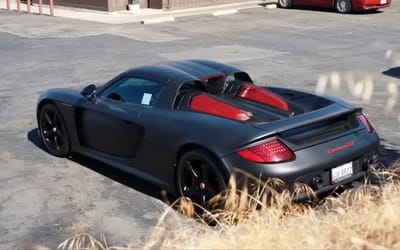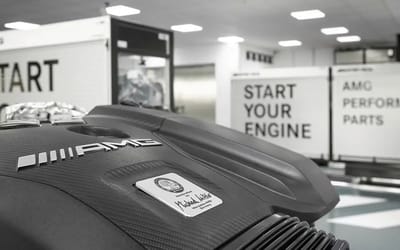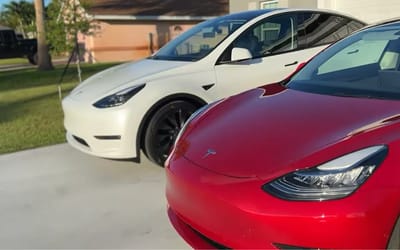Sugar Volt is Boeing’s hybrid electric aircraft of the future with foldable wings
- Boeing and NASA unveiled a hybrid aircraft concept
- It is around the same size as a Boeing 737, but it has much larger, and foldable, wings
- According to Boeing, this is 70 percent more efficient than a ‘regular’ aircraft
Published on Feb 09, 2024 at 3:25 PM (UTC+4)
by Alessandro Renesis
Last updated on Feb 09, 2024 at 9:21 PM (UTC+4)
Edited by
Amelia Jean Hershman-Jones
This is Sugar Volt, a hybrid electric aircraft introduced by Boeing and NASA.
If you can gloss over the mildly amusing name, the technology behind it is top notch.

Sugar Volt is basically like a hybrid car, in that it combines an electric unit with a conventional jet fuel-powered engine.
The word ‘SUGAR’ in the name is actually stylized by Boeing in all caps, but that’s because it is an acronym.
It stands for Subsonic Ultra Green Aircraft Research.
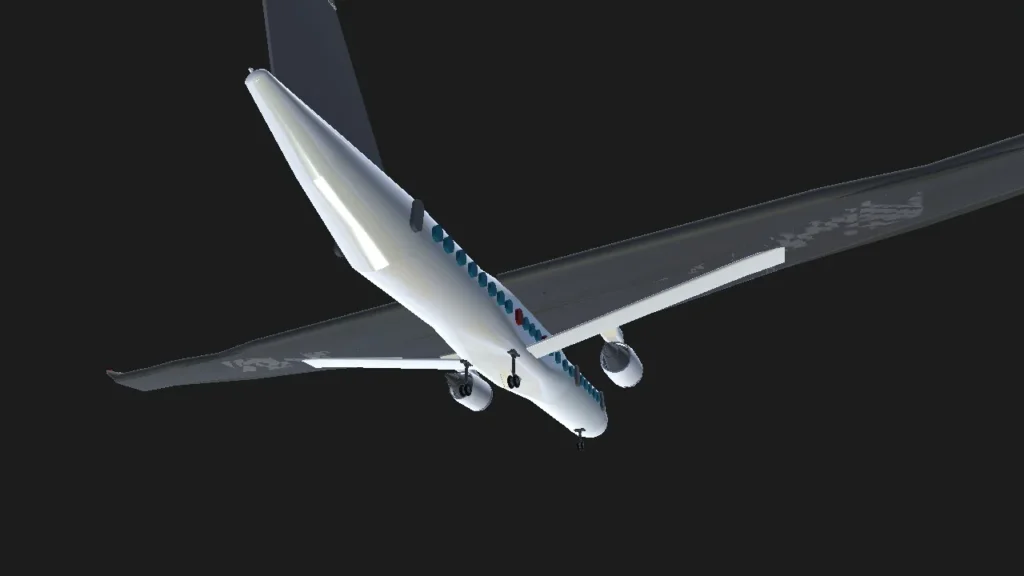
Sugar Volt has twin engines that burn fuel during takeoff, however, once the plane is airborne, the electric unit supplies additional power to the turbo fans.
When the plane is cruising at high altitudes, they can even be shut off completely.
This, according to Boeing, would allow airlines to save around 70 percent on fuel.
The concept isn’t new, it was actually unveiled about a decade ago, but it hasn’t been scrapped entirely yet.
Boeing engineers have had more than their fair share of headaches in recent times, but the project is still alive.
Back when it was unveiled, the timeframe provided was pretty loose, and well into the future.
They were talking about 2030 to 2050.
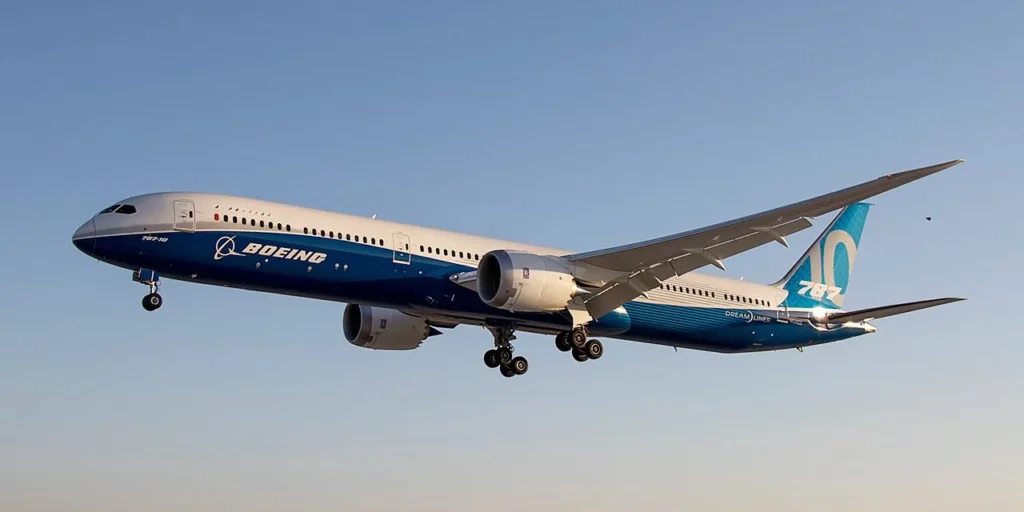
Another feature that sets the Sugar Volt apart is the wing design.
Just like the 777x, the Sugar Volt features foldable wings.
They’re foldable because they’re longer, and they’re longer because they’re designed to improve lift while reducing drag, thus improving fuel efficiency.
However, precisely because of their lengths, they can fold completely when needed, mostly so they can fit in the same hangars as other aircraft with smaller wings.
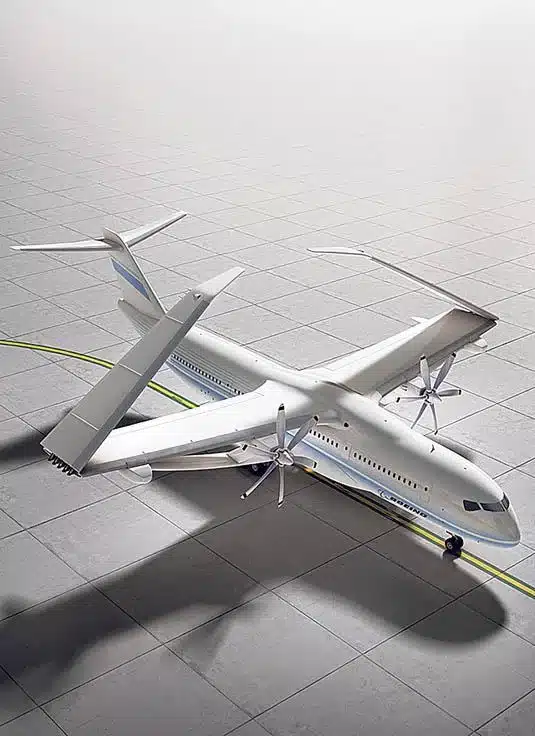
Since the demise of the Concorde, aerospace companies simply went along with the status quo.
Each new aircraft was basically just a tech ‘spec bump’ when compared to its predecessor.
Slightly faster, slightly more comfortable, slightly more fuel efficient.
But things are changing now.
It seems we’re finally exploring new ways to fly supersonic again, chiefly with the Boom Overture and the NASA X-59.
We’re also doing more to mass produce hydrogen or electric aircraft.
So maybe Boeing will go back to the drawing board and turn the Sugar Volt concept into a production airliner.
DISCOVER SBX CARS: The global premium car auction platform powered by Supercar Blondie


